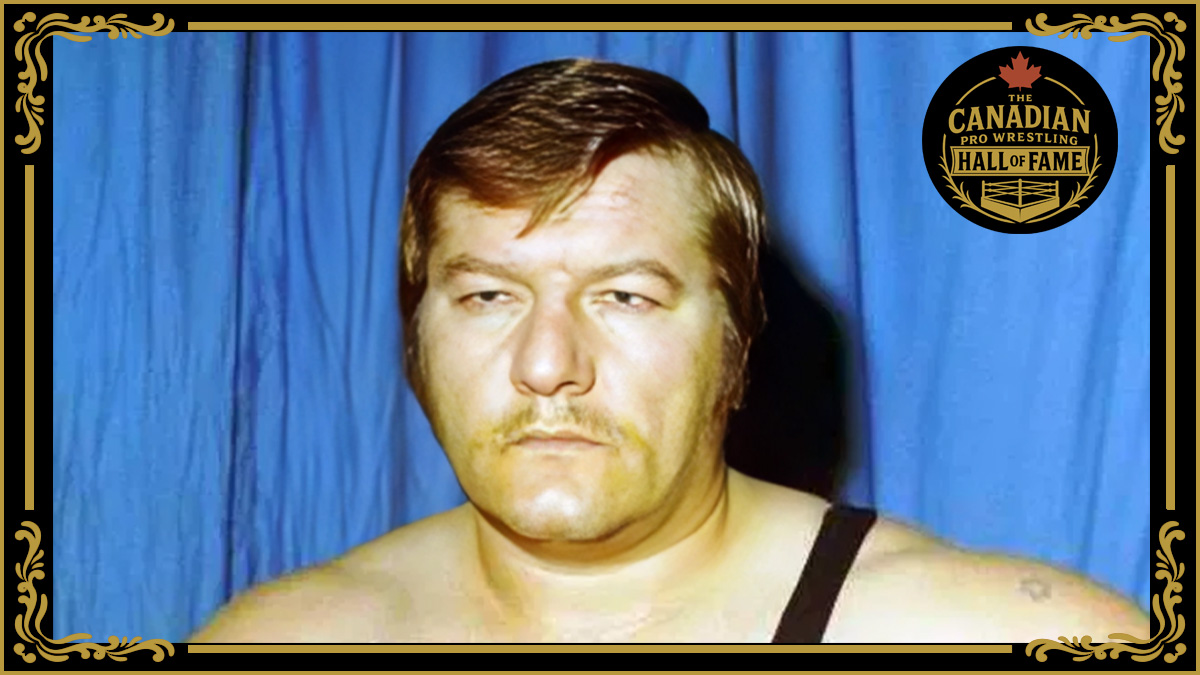The career of Sandy Scott, the Hamilton, Ontario-born tag team star who died at age 75 this morning after a battle with pancreatic cancer, can be examined as a perfect prism through which to view the history of wrestling in the Mid-Atlantic Wrestling territory. Consider a sampling from his experiences in the Carolinas as part of more than 40 years in the business:
- In the 1950s and 1960s, Scott and brother George headlined cards as “The Flying Scotts,” one of the most important tag teams in the most important tag team territory in the country.
- In the 1970s, he lent his expertise to up-and-coming stars like Jerry Brisco, and added tag combos with the likes of Nelson Royal and Bearcat Wright to his résumé.
- In the 1980s, he was a key front office executive for Jim Crockett Promotions, booking towns and venues, handling TV ads, and keeping a lucrative business thriving.
- In the 1990s, he worked for World Championship Wrestling and watched in dismay at the “suits” in Atlanta mismanaged the company on its road to ruin.
But here’s the most amazing part of it all — Bob Caudle, the voice of Mid-Atlantic wrestling, who worked with Scott on TV, said he didn’t even recall the transplanted Canadian uttering a cuss word. “He was such a clean-cut guy and a down-to-earth honest guy,” said Caudle, who inducted Scott into the Mid-Atlantic Wrestling Hall of Heroes in 2008. “He had a great sense of humor and he’s a terrific storyteller. I used to hook up with him in Charlotte when we were riding to Spartanburg or some other place, and Sandy would be telling stories about what happened up in Canada in the winter, traveling from city to city in the ice and the snow.”
Angus Mackay Scott was born in May 27, 1934 in Hamilton, Ontario, where he wrestled at a local YMCA, played a little football, and worked out — with more of an eye toward bodybuilding — with wrestler Mike Sharpe. The giant Sharpe lived nearby. “I’d go up there and work out with weights with him a little bit,” Scott recalled in 2002. “I didn’t think any more about pro wrestling at that time, I just did the weights.”
At Al Spittles’ notorious Hamilton gym, he honed his skills with future pros such as Chuck Molnar, Johnny Harmon, and Jack Lloyd.
He got his start in the pro ranks in 1954, when older brother George brought him into the Calgary territory for promoter Stu Hart. The pair won the Canadian tag title titles within months of their debut as a tag team.
George coined the named Sandy. “I’d get out in the sun in the summertime, and hair gets light and mine got light,” explained Sandy Scott. “He said, ‘Geez, it looks like sand. Why don’t you use Sandy?’ I said ‘Okay.'”
“They were a little different, but they were right sharp. I thought they were both good wrestlers,” said Canadian legend Yvon “The Beast” Cormier.
Based out of Calgary for about six years, the Scotts appeared briefly in the Carolinas in 1957 and by the early ‘60s were fixtures on the Southern circuit. In 1959, the Petersburg, Va., Progress-Index took a stab at describing a young Sandy’s in-ring style, calling him “a brilliant offensive wrestler. His aerial attacks are devastating, with solid flying tackles, vice-like head scissors and fast dropkicks.”
Scott described the team’s skills this way: “We did a lot of flying head-scissors, drop kicks and moves in the ring, which they called the Scott aerial attack. But we were known for the speed and for the knowledge and for the aerial attacks. It was fast-moving matches. They weren’t where you laid down on your rear-end on the mat there for five minutes.”
Scott said he enjoyed the tag team work more than singles competition. “We knew each other pretty well, George and I. We could do things just automatically. We knew what each other was going to do.”
His travelogue also includes places like Japan, Australia, Europe, but Crockett territory remained Scott’s home base. “Jim Crockett had a very, very good name,” he explained. “If he told you something, that was it. In our business, you don’t find guys like that too often.”
Scott transitioned into a front office role for the office and frequently appeared on TV as a representative of the National Wrestling Alliance. He hooked up with WCW when Ted Turner’s company took over Jim Crockett Promotions, and knew things were going downhill when Jim Herd, who lacked a wrestling background, assumed control of the operation.
“I don’t know how he ever got in there but he did, and you see what happened,” Scott laughed.
After the WCW fiasco, Scott was one of the driving forces behind Smoky Mountain Wrestling, the last of the old-school promotions.
He settled in Roanoke, Virginia, where he and his wife, Sandra, raised a daughter, Tracy. He had two sons, Drew and Sandy, from a previous relationship.
In 2002, Scott said he had “no regrets at all” about the path life had taken him on.
“When we were wrestling, we’d take our father with us to the matches. He enjoyed them,” he said. “Life goes on, and you make the best of it with what you got, and with the people you’ve got around you. Both George and I have always been positive thinkers … something goes wrong, we just look at it, try it, and see if we couldn’t get it right.”
Visitation will be held Sunday, March 14th at Oakey’s South in Chapel, with a memorial service at 2 p.m. Monday, March 15th at Westhampton Christian Church in Roanoke. The Rev. Jim Crockett will officiate. (Not that Jim Crockett.)
In lieu of flowers, memorials can be made to We Care of Franklin County, P.O. Box 396, Rocky Mount, Va. 24151 or to The Dave Lamanca Golf Scholarship Inc., P.O. Box 1246, Salem, Va. 24153.




